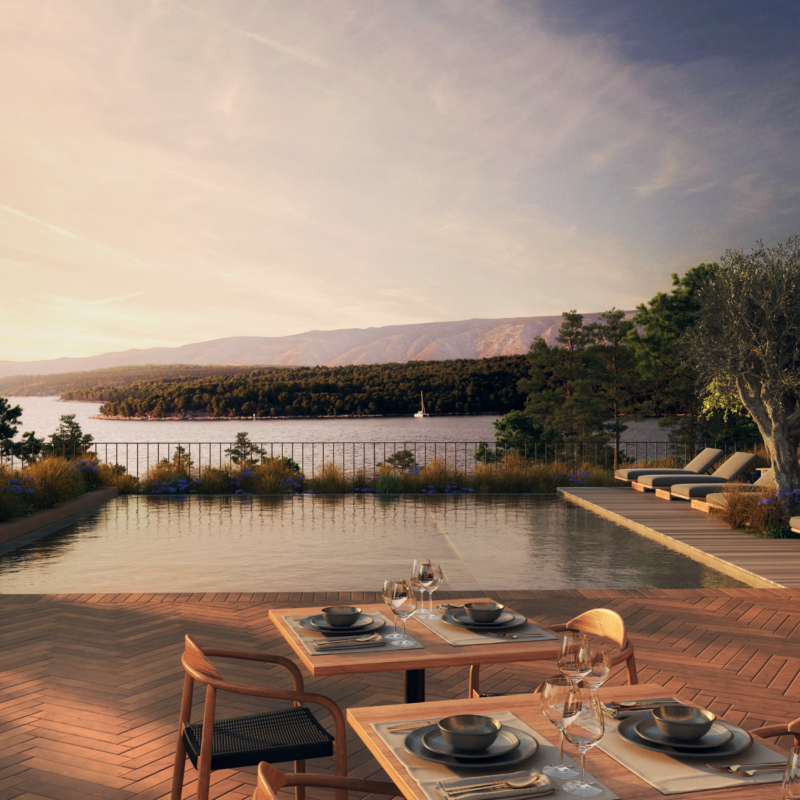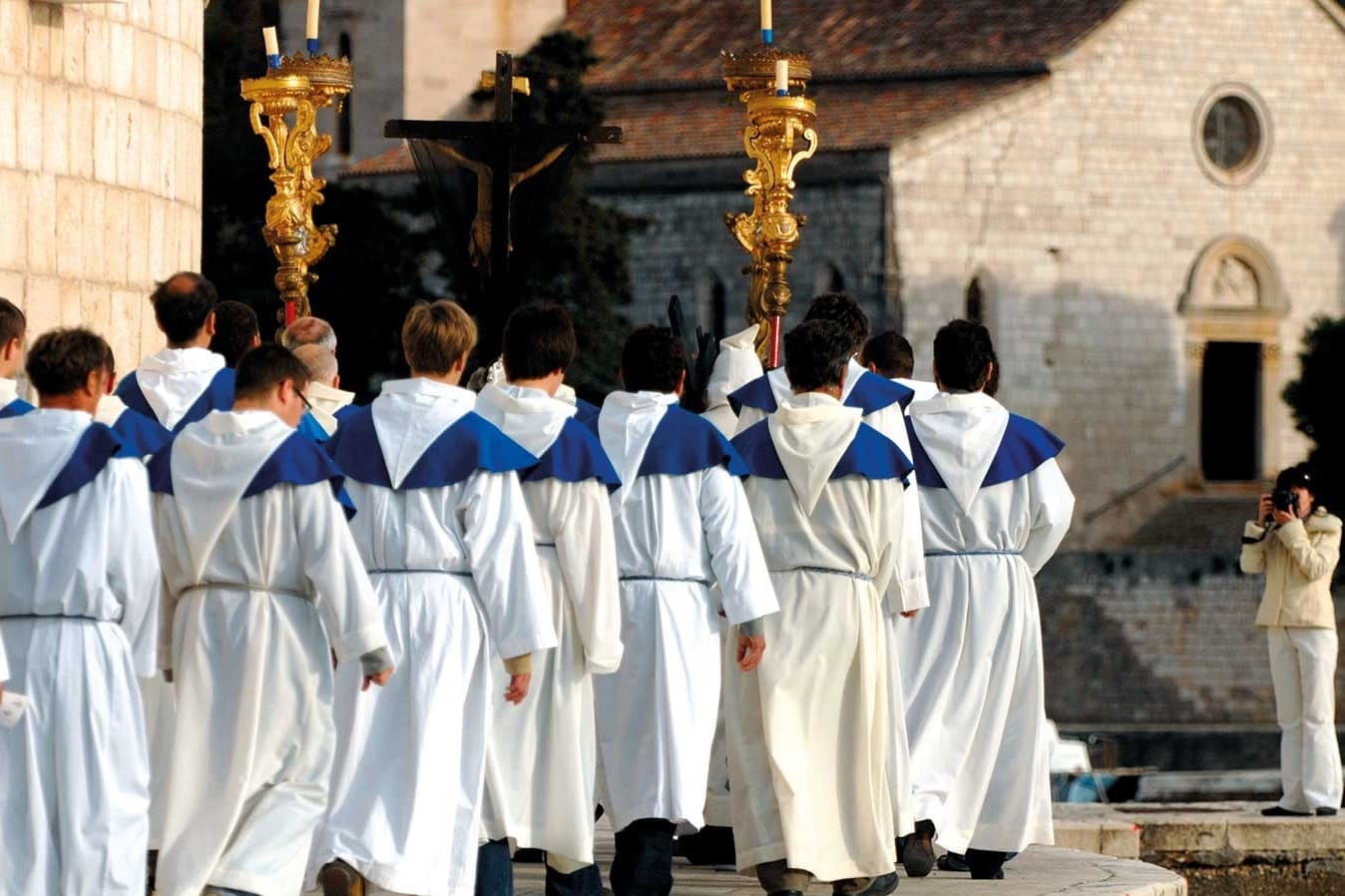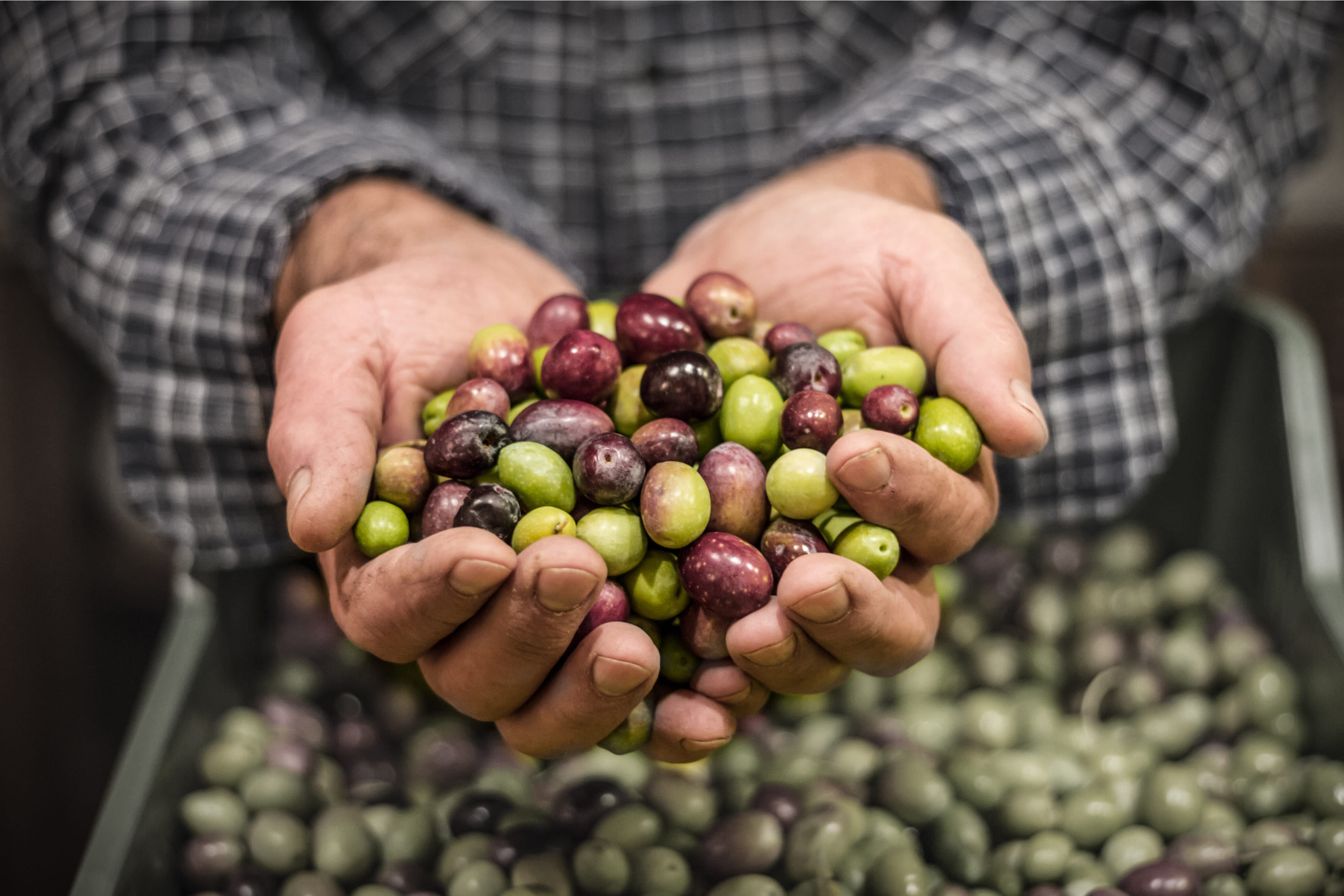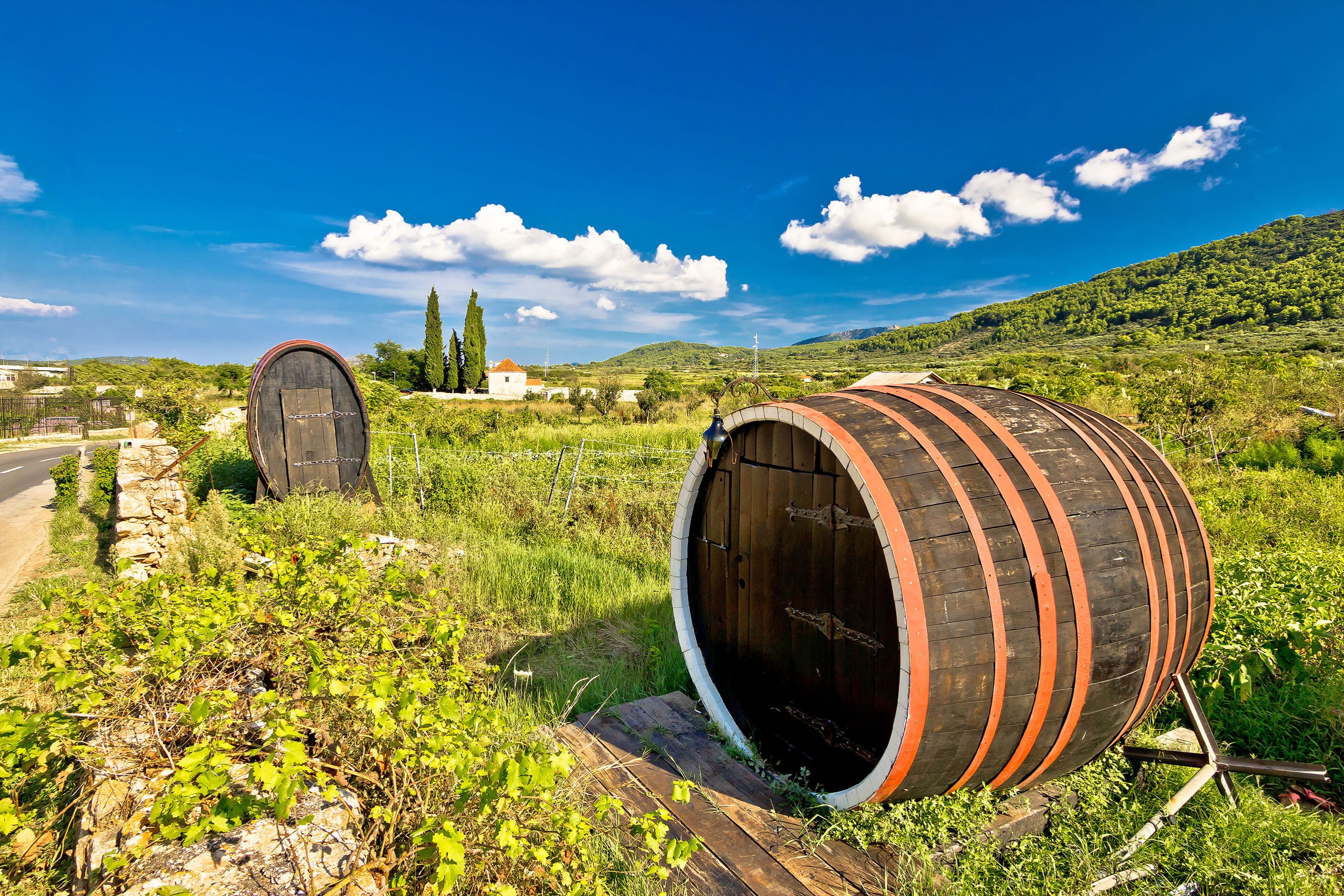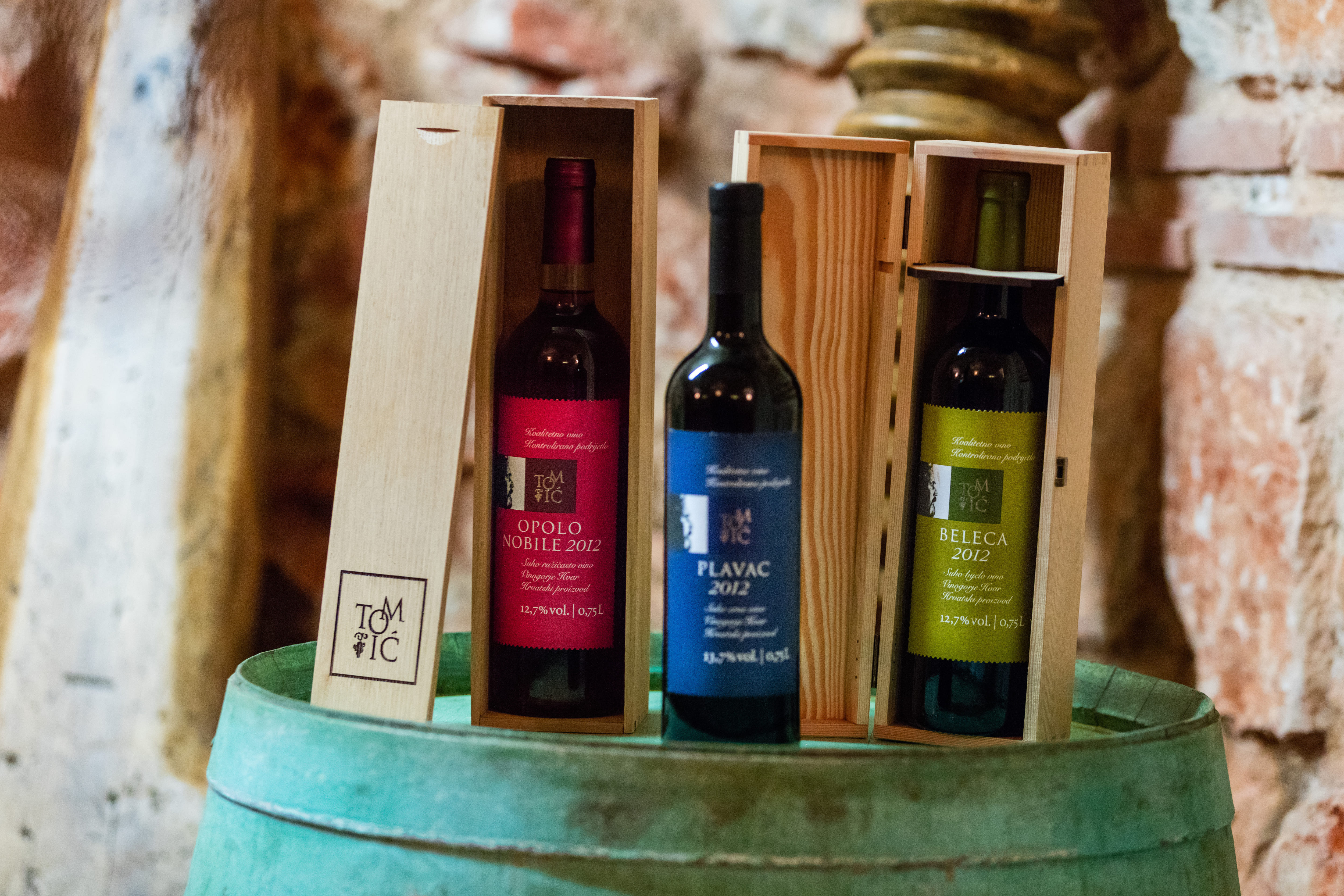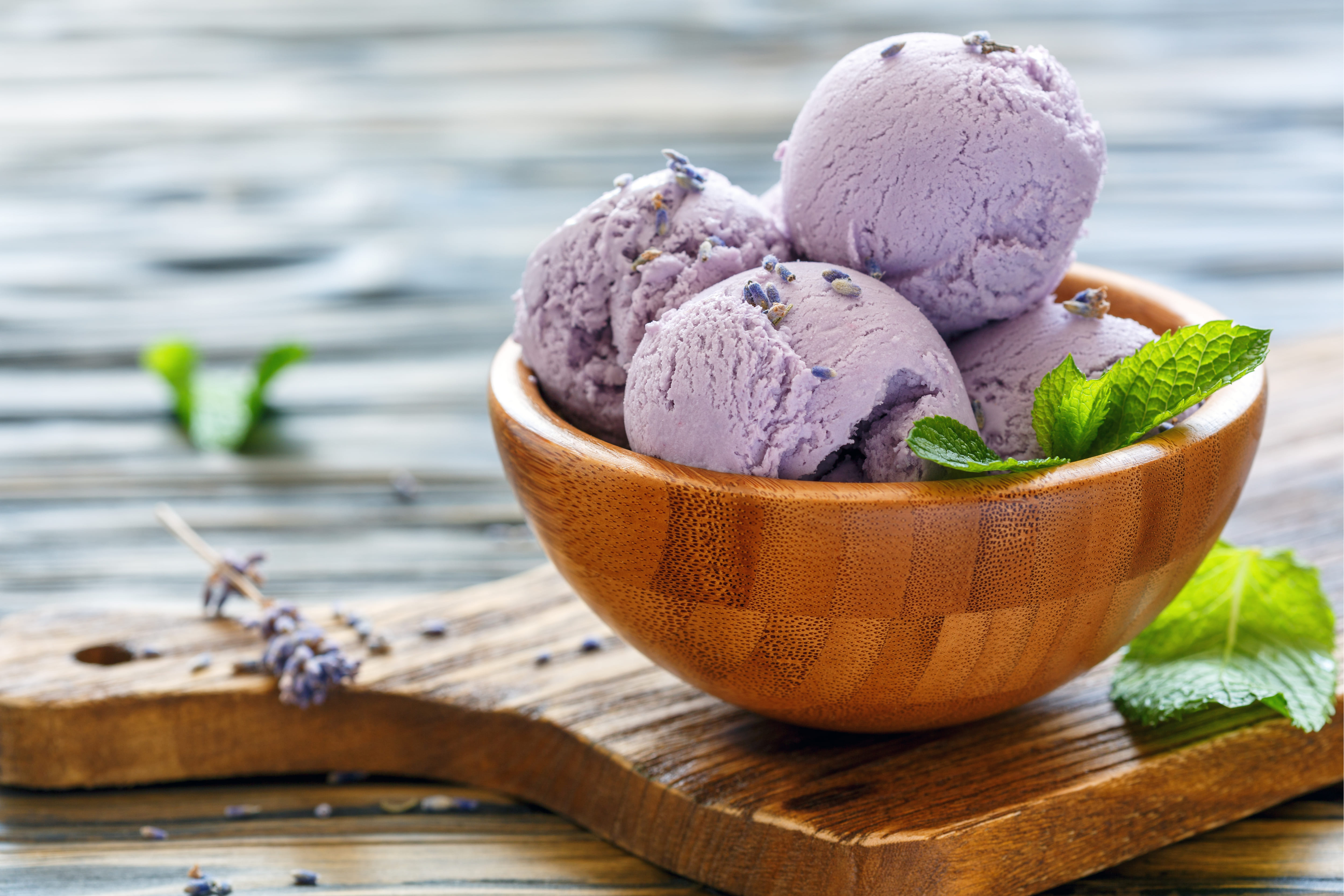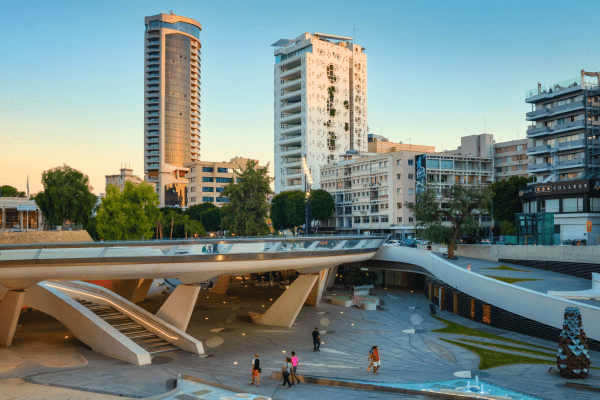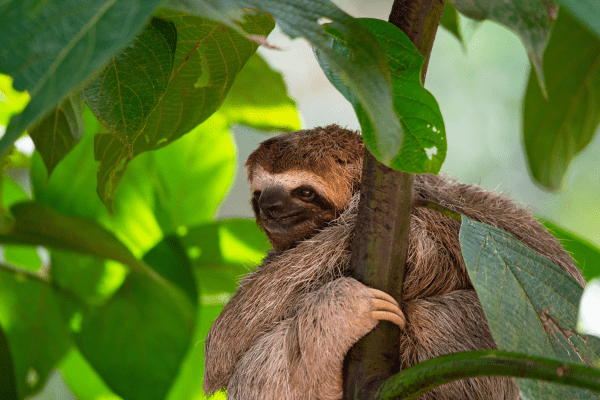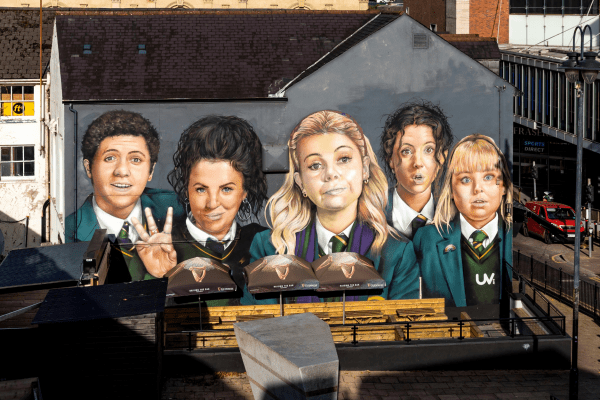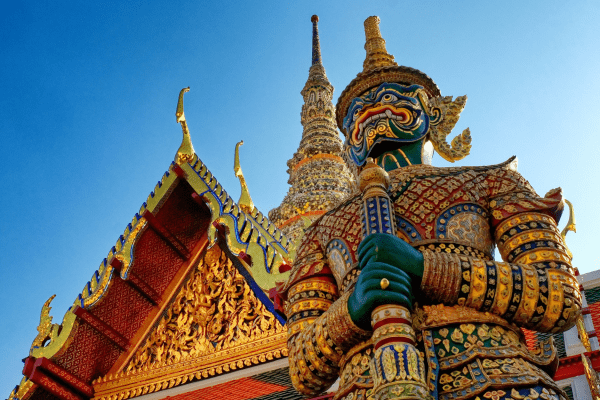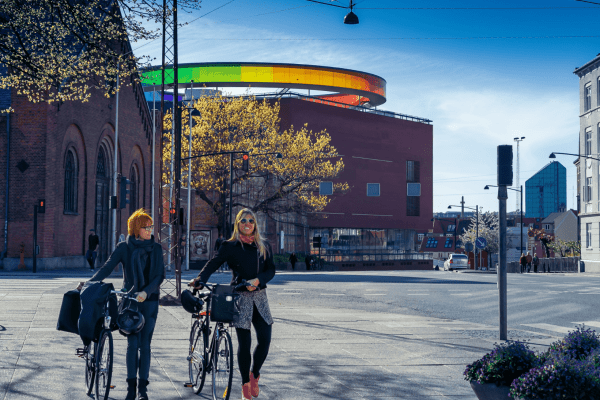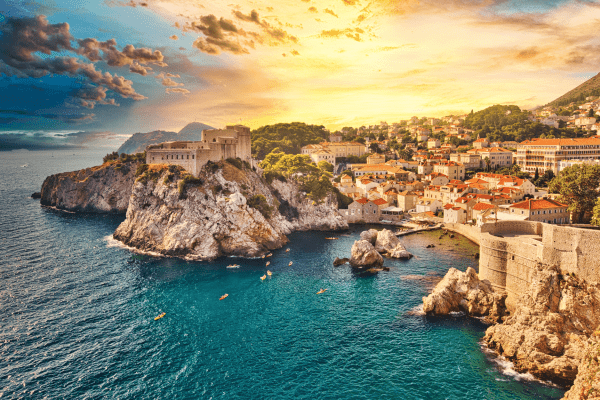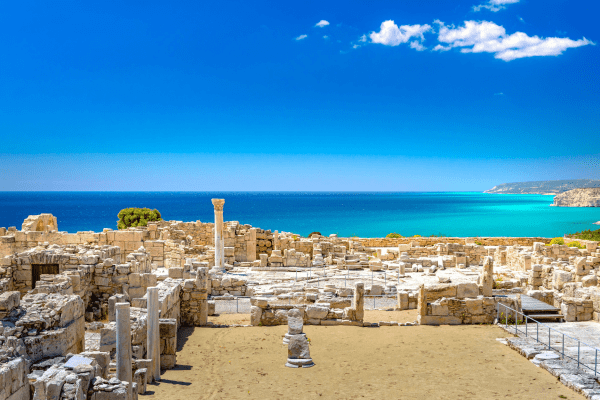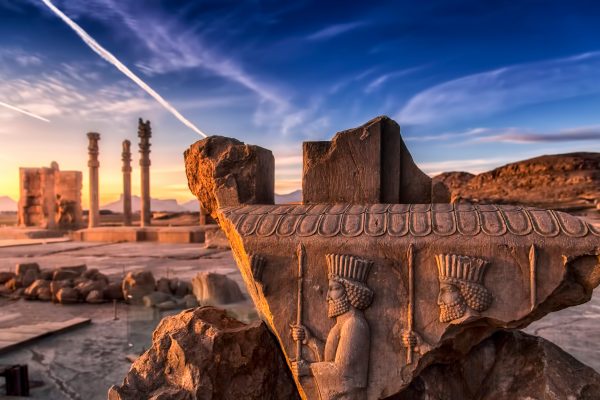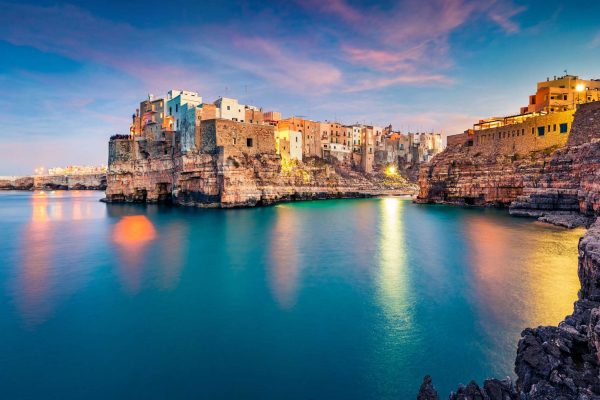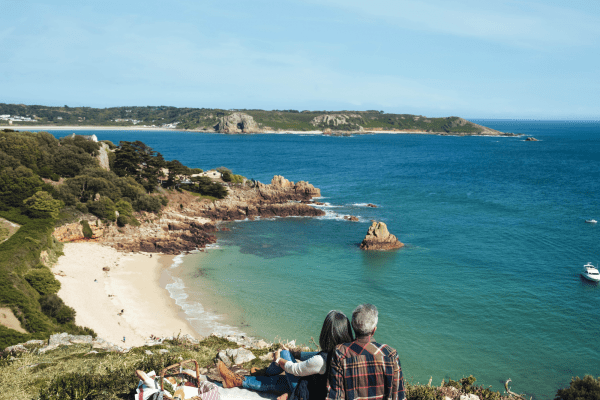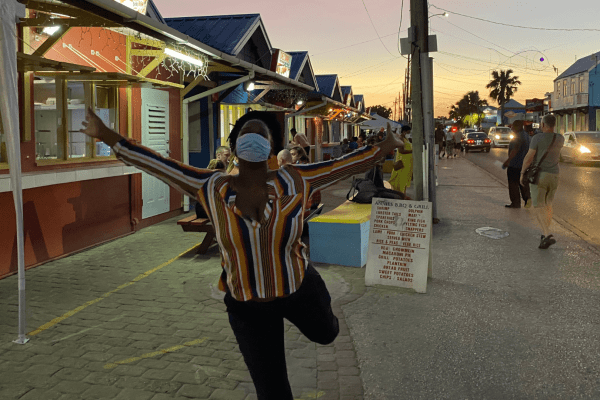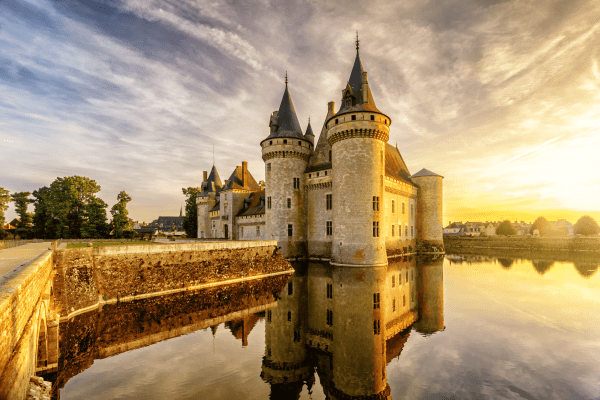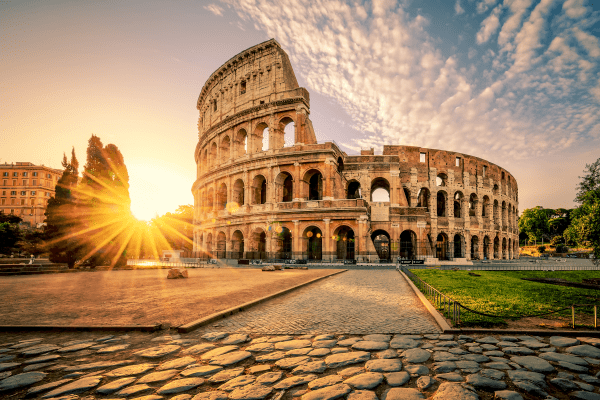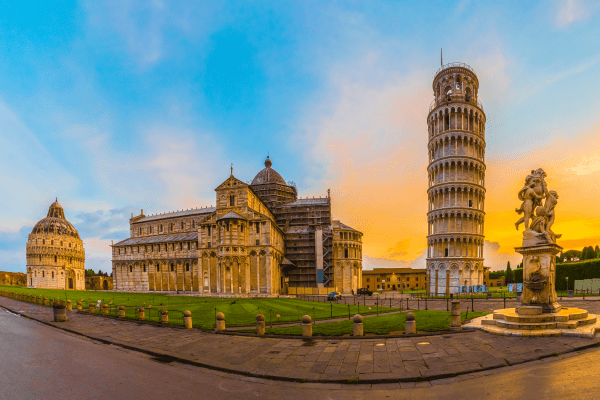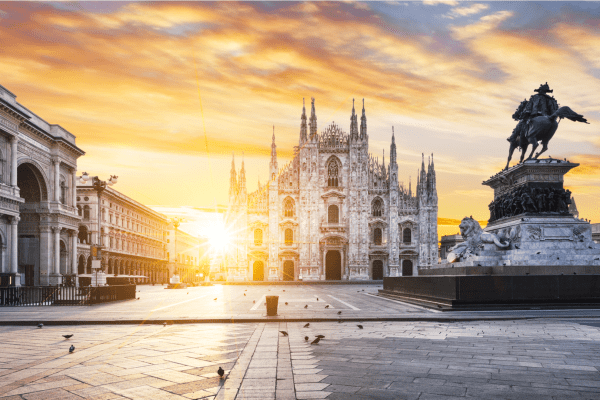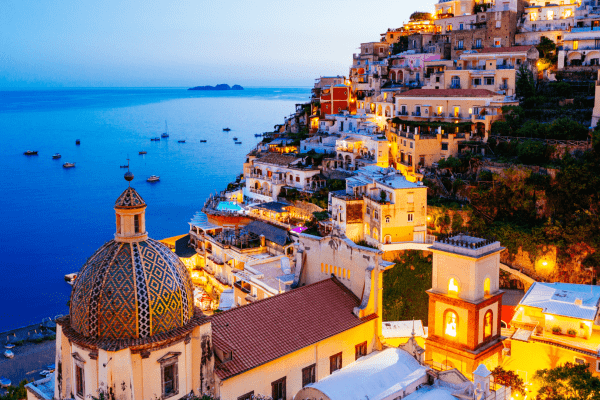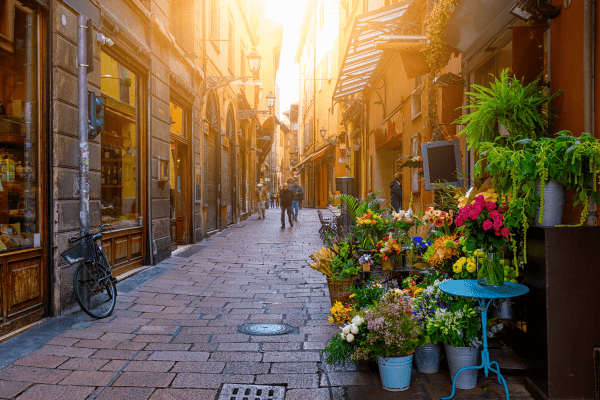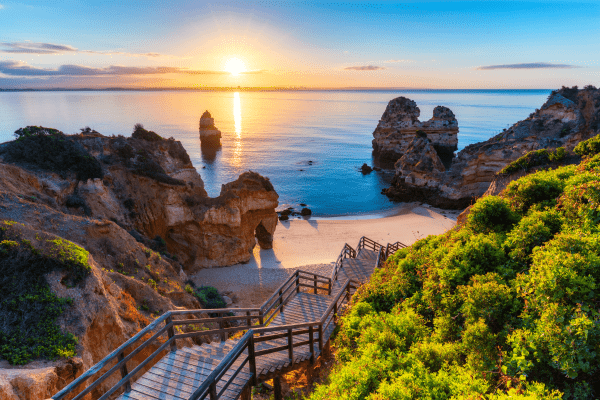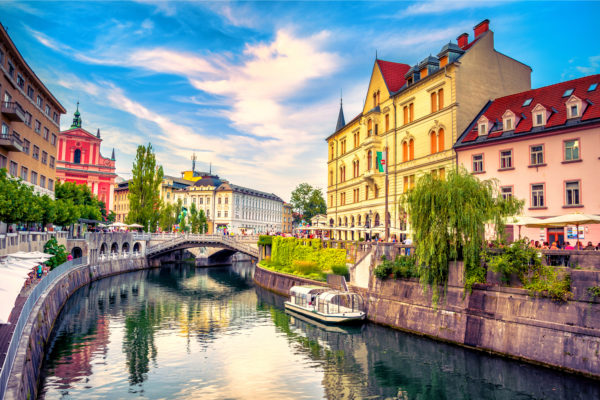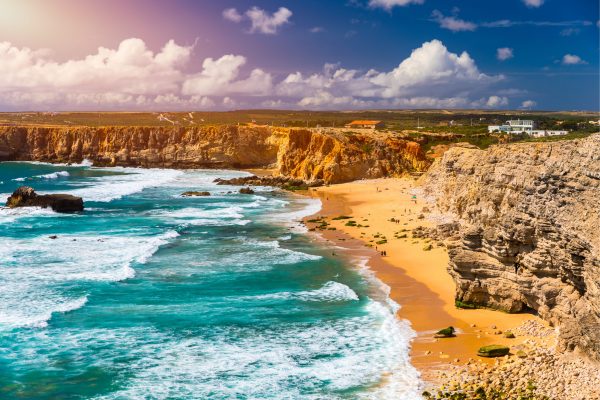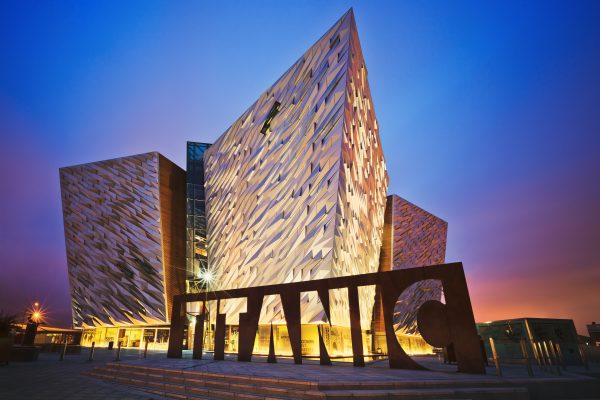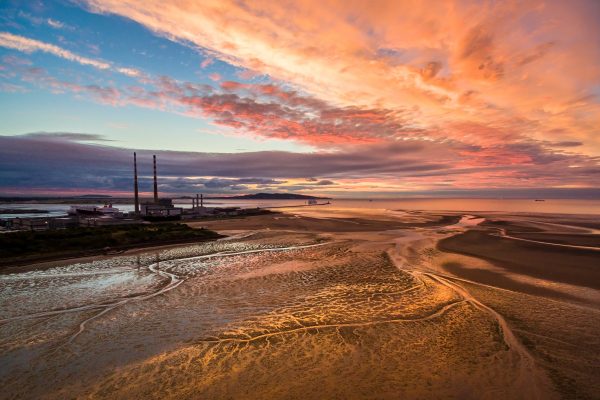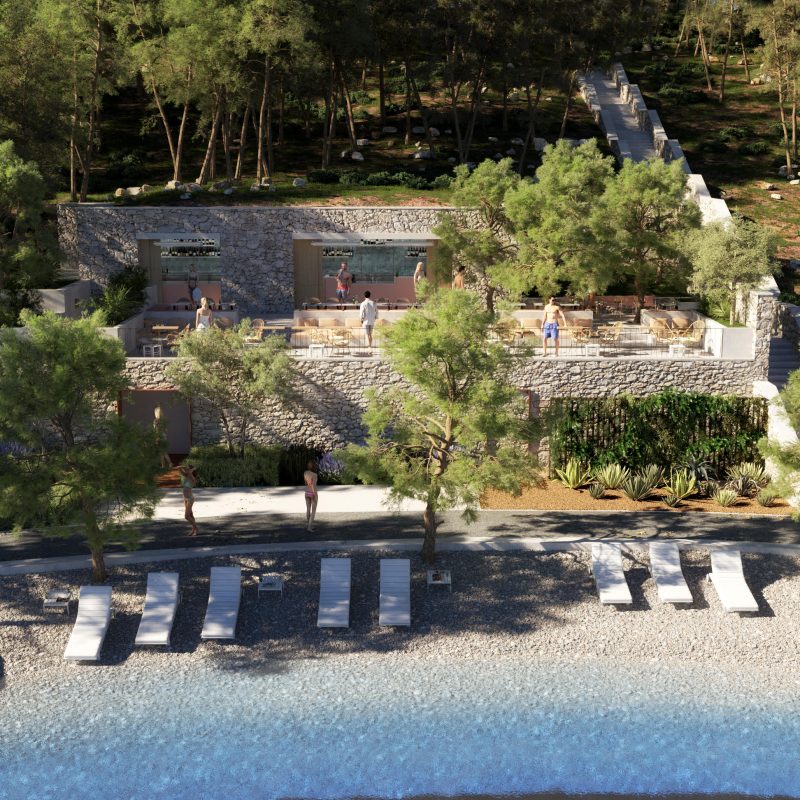It’s with no small degree of reluctance that I find myself suggesting Croatia’s island of Hvar as the perfect low season destination. Okay, well, if you promise not to tell, is this secret safe with you? Let the white-clad sun-kissed fashionistas teeter off and pack away their bags away until it’s time to grace the slopes of St Moritiz, and it’s your time, the time this gorgeous isle comes into its own. Welcoming 2800 sunshine hours a year, it’s Croatia’s sunniest spot, known for its quaint fishing towns, remote villages, sparkling coves, pebbled beaches, and steep hillsides carpeted in olive trees, grapevines, and rural architecture. Don’t be put off by a growing reputation for the summer hedonism of Hvar Town – the low season of March to May, and late September to October remain warm, the population reduces to its resident folk, prices fall and you’ll have an opportunity to truly know the island and experience its natural heritage and simple Mediterranean lifestyle.
Getting There & Getting About
Mainland ferries and catamarans service Hvar from Split and Dubrovnik. When the summer season ends, connections are less frequent but still depart daily, with the journey taking around an hour and 40 minutes. Once there, make use of the regular bus service, taxis or Uber. If you really want to get around, car or scooter hire is a good idea. If you are happy to chill in one area, pick wisely as there are significant distinctions. Hvar town is a popular spot, but try Stari Grad for a more laid back vibe and better prices. Families enjoy the quieter Jelsa, verdant Jagodna is great for outdoor adventures and Vrboska is known for its pretty canal-side homes and picturesque bridges.
Rich Culture
For a small island, Hvar makes quite an impression on the UNESCO stage. Recognition goes to the healthy Mediterranean diet; unique religious events such as the Za Križen Easter procession; lace made by Benedictine nuns; the skill of dry stone walling; the Stari Grad Plain; and Chora Pharou, the best preserved example of the Greek tradition of land division in the region. A favourite heritage feature is the Klapa, traditional polyphonic a cappella singing which is strangely moving. Low season travellers can catch May’s ‘Night of Song’ which brings Klapa groups together to perform this historic art; and October’s Forske Pulen festival, when elegant and traditional Hvar sailboats gather at Mandrać.
Outdoor Fun
Due to its mild climate, the low season is perfect for exploring. It’s warm and sunny, but without the stifling heat of the summer. There are a number of hiking and cycling paths connecting the southern and northern part of the island through olive trees, lavender fields, and vineyards. A popular climb is to the 16th century Hvar Fortress which offers stunning views of the town and the Pakleni Islands. Alternatively, the sea is still plenty warm enough in the low season to take to the water for kayaking, diving, rafting, or sailing, snorkelling, or paddle boarding. If you are feeling particularly energetic, the Otillo usually takes place in April and combines trail running with open-water swimming in a tribute to the cultural heritage of the Mediterranean.

